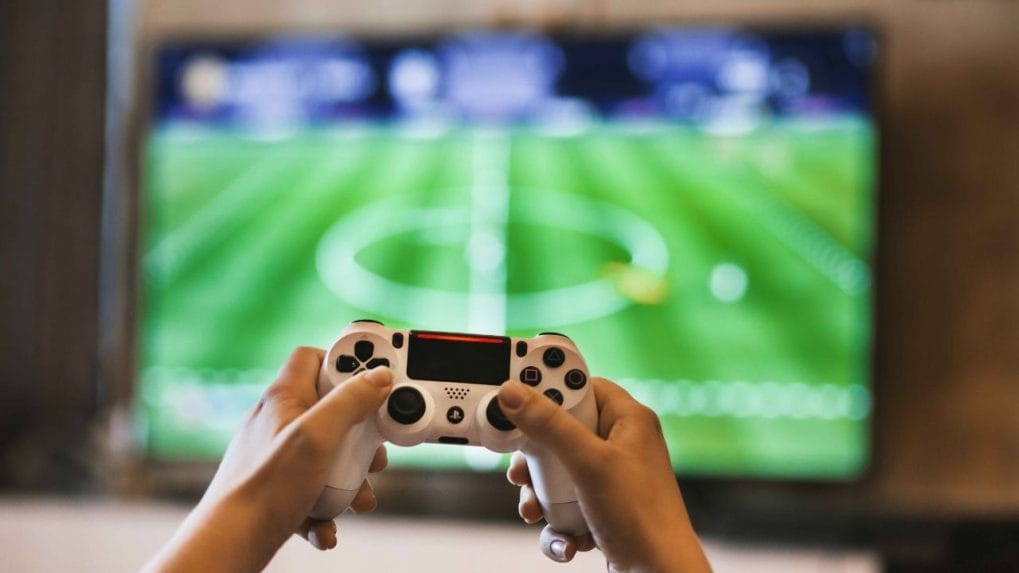Why only 5%? Gaming sector demands more ad investment for its scale
There’s no 'gaming line item in the media plan' the way there is for YouTube or Meta, so even interested brands default to safer, established channels, according to experts.
ADVERTISEMENT
Despite having over 3.4 billion gamers worldwide and a 6% year-on-year increase in time spent on games, less than 5% of total media investment currently goes into gaming, highlighting a large, growing industry with significant untapped potential for brands, according to Dentsu's report on gaming trends.
A Disproportionate Gap Between Attention and Ad Spends
India is home to one of the world’s largest online gaming populations, with 488 million users in 2024 — a number expected to cross 517 million by 2025, as per FICCI–EY report. Yet, ad spends on gaming still form only a small fraction of the ₹700 billion digital advertising market. The gap between user engagement and brand investment remains stark.
Roby John, CEO and Co-founder of SuperGaming, observes, "Despite the sheer scale of engagement that gaming in India currently commands, media investment into it is still proportionately low in India. The issue really isn’t that marketers don’t understand gaming, in fact, many of them are avid gamers themselves. The hesitation is more systemic. Gaming doesn’t yet have a standardized buying structure like TV or print media or digital media buying."
While most marketers default to traditional channels, gaming continues to evolve into a space of self-expression and influence. "If a marketer wants to reach India’s 18–30-year-old audience, which is also our TG; they’re far more likely to be on their phone, playing games, watching streams on YouTube, or chatting on Discord than flipping through a newspaper or watching linear TV," says John.
However, the dominant ad formats — interstitials, playables, rewarded videos barely scratch the surface. "They operate at a surface level, the user is interrupted, incentivized, and returns to gameplay."
The bigger opportunity, he adds, lies in native integrations — branded tournaments, Discord quests, creator-led content, UGC skins, or lore extensions but that ecosystem is still nascent. "There’s no 'gaming line item in the media plan' the way there is for YouTube or Meta, so even interested brands default to safer, established channels."
Legacy Perceptions and the Need for Structural Change
According to Roland Landers, CEO at AIGF, the disconnect also stems from legacy perceptions and regulatory ambiguities. "Many advertisers continue to conflate legitimate, skill-based gaming with gambling, which creates unwarranted caution. This is compounded by regulatory ambiguity and the rise of offshore betting platforms, which distort the perception of the overall ecosystem."
Still, Landers believes the momentum is shifting: "Advertisers are beginning to see gaming as a high-intent, high-frequency, and brand-safe environment. With continued advocacy and structured compliance, gaming is gaining credibility as a mainstream digital media channel."
But unlocking brand participation especially from non-endemic sectors like FMCG, BFSI, and auto will require structural clarity. "For gaming to take its rightful place in brand media strategies, we need two things: credible measurement and structured education. Despite the massive engagement gaming commands, advertisers often hesitate to scale their investments due to a lack of India-specific performance metrics and strategic understanding."
John points to categories already ahead of the curve — smartphone and automotive brands, and energy drinks like Red Bull and Monster. "These brands understand that gaming is a cultural touchpoint, a community, and for many, a lifestyle choice. But outside of these few categories, gaming is still mostly treated as a campaign lever — a quick burst during a product launch, a stunt around a tournament, or a one-time creator collaboration."
At SuperGaming, Roby notes, the company has built bridges between gaming and culture through meaningful brand partnerships. "A great example is our partnership with Indie Rock band Thaikkudam Bridge for the launch of Agni Raagam. It was a tonal extension of the character’s story. It came from a place of shared intent, not forced branding."
Esports Viewership Surges, But Media Plans Lag
Jigar Sheth, Chief Revenue Officer at NODWIN Gaming, highlights how esports in India is already competing with traditional sports in terms of viewership. "Esports tournaments in India today are clocking viewership numbers that rival, and in some cases, surpass traditional sporting events. Yet, advertiser investment hasn’t quite caught up."
Part of the hesitation, he says, lies in outdated planning practices. "We are seeing positive momentum as brands are beginning to understand the scale, the quality of engagement, and the unique storytelling potential that esports platforms offer."
On monetization, Sheth adds. "It’s not an either or. The most effective campaigns are those that tap into a combination. What we’re really seeing is a shift toward native, contextually relevant formats that add value to the viewer experience."
Despite the cultural relevance and vast audience of Indian gaming, systemic gaps in measurement, planning, perception, and policy continue to stifle brand investment. For gaming to secure its place in mainstream media mixes, the ecosystem needs standardized frameworks, education for marketers, and policy support.
As John puts it, "Ultimately, the attention is there. The tools exist. What’s missing is a more nuanced media planning approach, one that accounts for the nature of the game, its audience, and how users interact with it."
Read More:Opinion Trading platform is betting and gambling: MC Sarangan of TNOGA at Storyboard18 DES 2025
Read More:Retrospective GST and offshore gambling are twin threats for gaming: EY’s Ashish Pherwani

